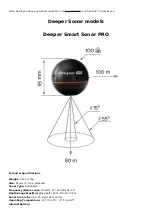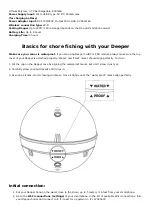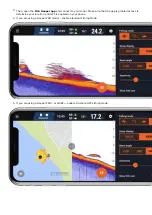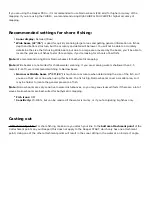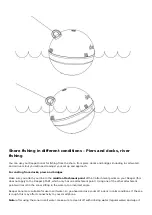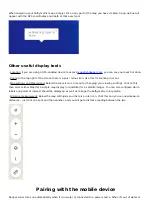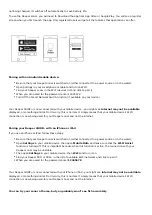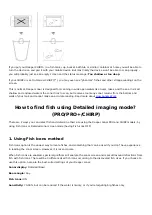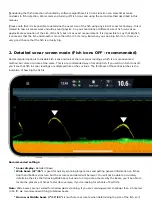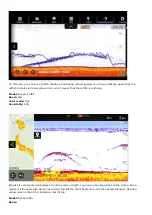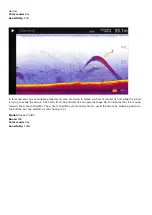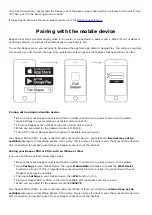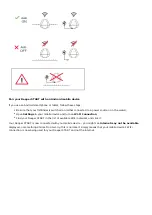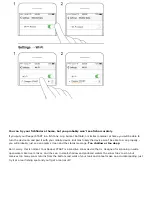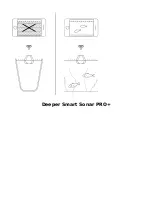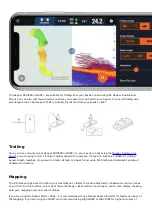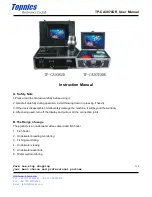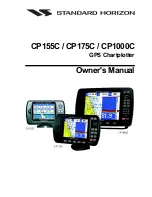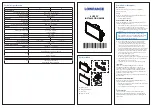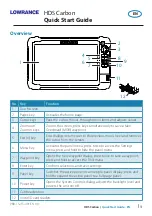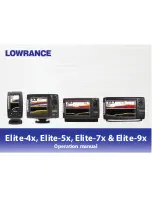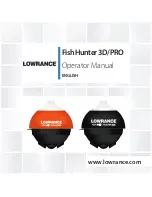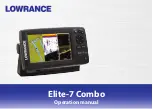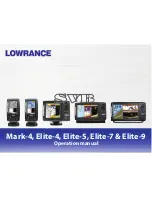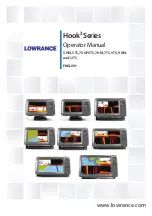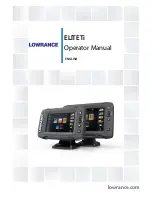
you see a thick arc or line when using this beam - the fish is definitely big. Narrow beams cover a smaller
area, so it may be harder to locate the general presence of fish.
Note: Narrow beams are very sensitive to water disturbances, so you may see visual artifacts if there are a lot of
waves.
Fish Icons: OFF
Sensitivity: 70-100%, but can be reduced if the water is murky, or if you're targeting big fishes only.
ⓘ When locating fish, use the Wide beam first to find the general location of fish, then switch to a Narrow beam and
scan that area a few times to get the exact location and the size of fish.
ⓘ When using Wide beam, fish arches/lines will look much thicker, compared to when you use a Narrow beam. It is
better to use Narrow beam for a more precise evaluation of the fish size.
Some important things to remember about fish arches:
You will only get arches from moving fish (or if your sonar is moving over them).
If your sonar and the fish are both stationary, you will see a line, not an arch.
You will only get a full arch if the fish moves through the full sonar beam.
If a fish swims through part of your cone, it will show as a half-arch or a thick dash – look out for these.
Longer lines can indicate a more active fish that moves rapidly under the sonar cone, while shorter arches
may indicate that fishes are less active
Examples of fish scans
Summary of Contents for START
Page 40: ...Deeper Smart Sonar PRO ...
Page 41: ...Technical Specifications ...
Page 68: ...Soft bottom ...
Page 95: ...Deeper START ...
Page 96: ...Deeper 3 0 ...

